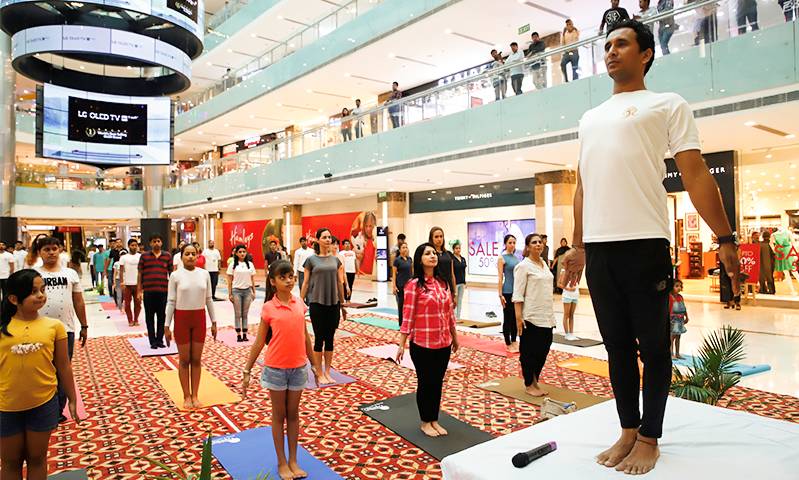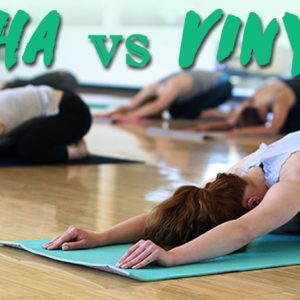Difference between Hatha Flow Yoga and Vinyasa
Feeling boggled a little more with the addition of “Hatha Flow Yoga” in the ever-expanding list of fusion yoga styles in the catalogue? Some vital questions obviously spring forth from this addition—isn’t vinyasa the kind of yoga that exemplifies flow, and Hatha, its slow pacing counterpart? Don’t they say Hatha is the basic and beginner-friendly yoga course to go for while the high-vigor vinyasa demands a certain level of experience, so what will Hatha look like when performed in a flow?

We shall clarify on these points in the context of difference between Hatha and Vinyasa—
Difference in Pace
Hatha Yoga is recognized for its thorough, punctuated sequences. Each bend and fold is held on to for greater impact for as long as it feels pleasurable. Hip flexors, chest openers, and inversions share a significant relationship with the time for which each sequence is set. Usually, in Hatha, you are to take the cue from your instructor to extend or compress the postures time-wise, prescribed as based on your agility, breath capacity, and steadiness.
Vinyasa, on the other hand, is a decidedly fast and forthcoming style that places one posture after another in quick flowing succession. The rhythm is kept intact through a sequence. It is actually the gaining momentum in vinyasa that determines the way of the postures and not the other way round, as it is in Hatha yoga. Vinyasa does not let up the time to rest and draw out the deep bends and folds, but a practitioner must learn to execute postures by the book with perfection even in that short stroke of time.
In Hatha Flow, your instructor will direct you to glue together the postures by connecting transitions, but hardly compromising the restful and well-punctuated nature of the Hatha yoga sequences. Hatha at all stylistic levels will ensure that there is relaxation, steadiness, and proper rest, along with a full drawn breath executed.
Set Sequencing vs Spontaneous Sequencing
Hatha Yoga is a stepping stone of disciplining the body and mind. The sequences are air tight, the pace regulated, and the breath-focused. If you are interested in the fundamentals of yoga, Hatha is the style you must engage with. Aligning your temperament with the deep but slow tempo of Hatha is a discipline in itself with transformative benefits. Novices often lack the insight or the capacity to mix and match and innovate postures with sequencings. That is where the set and solidly founded quality of Hatha is effective. There is lesser scope for modification as compared to vinyasa or other power flow sequences, allowing the learner to concentrate completely on given directions.
Even with the introduction of the ‘flow’ element in Hatha, the sequences are kept by the book with little room for in-appropriation. Those who have gotten the idea that Hatha is monotonous and lacking in creativity must really level up to the challenge of disciplining posture by posture with the comparatively rigid sequencing of Hatha first and then move to more dynamically changing tempos.
In vinyasa, on the other hand, the fast flowing tempo is the greatest determinant for its stylistic uniqueness. As long as the rhythm could be maintained, you are free to slot in all the postures of your choices. The only problem you might be facing here is transitioning seamlessly from one posture to another. Take it up with your instructor to show you effective ways to flow from one yoga stance to the next.
For example, the best way to transition into savasana at the end of a sequence is through the Boat Pose or Naukasana. By keeping the core engaged in the Boat, you must exhale and start to extend the legs at your front, next, by lowering the rest of your torso to the ground, you shall assume the posture of savasana. So, even when you are getting all creative and spontaneous with your Hatha posturing, you must be aware to transition in the best possible way. In Hatha flow, however the transitions are predisposed.
Cardio Benefits vs Restorative Benefits
Cardio benefits are innate in the flow style yoga, be it Hatha or vinyasa. A healthy pumping up of heartbeats, a swishing gush of blood down your veins, and accelerated energy is all smooth outcome of fast flows. While you are free to reap the entire benefits of cardio advantages in your Hatha flow, there will be one part restorative phase too as the flow will be conducted real nice and slow, allowing your thoughts to calm and pour in leisurely.
In vinyasa however, the pace will be rough and out and out invigorating with a great degree of breath intensification. Cardio benefits are surely going to multiply in vinyasa yoga !
Meet Our Yoga Teachers

Devender Bhardwaj

Kulwant

Gabriele (Gaby) Alscher

Amit Kumar
Blog Post
How to find the best yoga teacher training in Gurgaon
Learning yoga is a life-changing experience that would let you view the world with a different lens. It aims at self-...
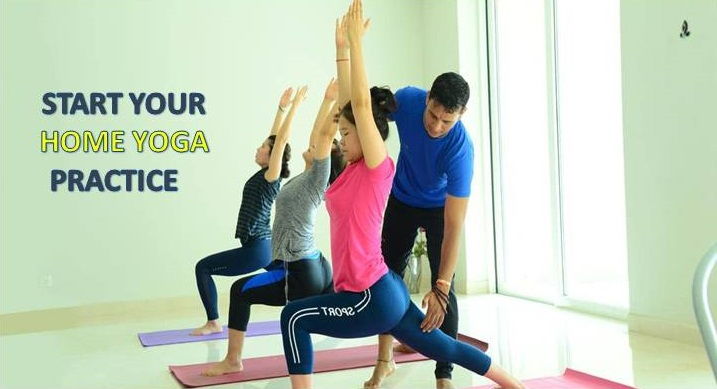
Which yoga style works best for your needs
Yoga is an ancient practice, which has its roots in India. The essential role of yoga is to create a powerful and mea...
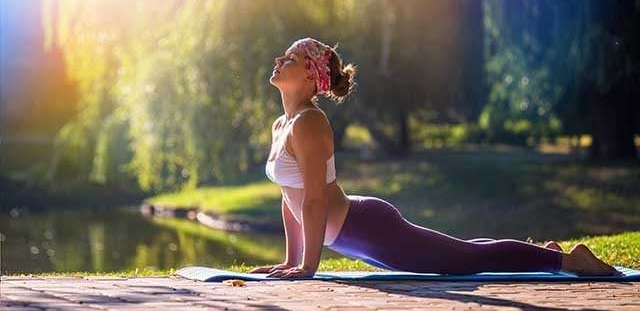
How to Find the Best Yoga Center in Gurgaon
Gurgaon is widely defined as one of the financial, technological, and industrial hubs of the country. Gurgaon is also...
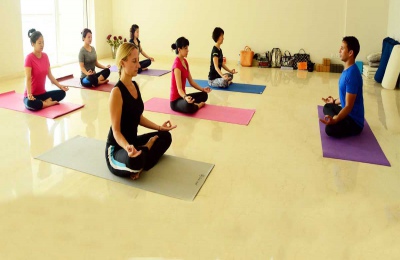
Aumyogashala 5th International Yoga Day Celebration
International Yoga Day is celebrated every year on the 21st of June to raise awareness among people about the benefit...
